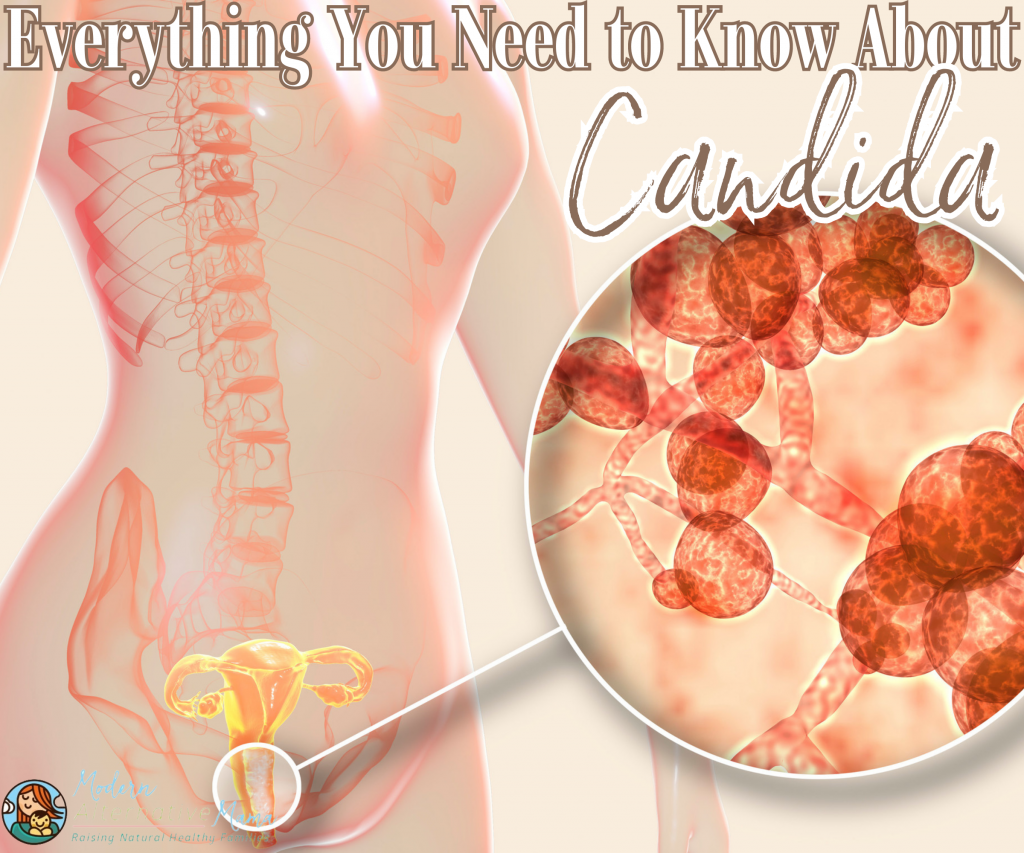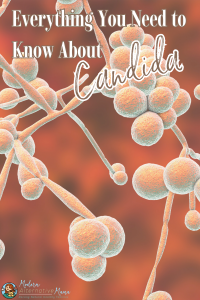Candida. We’ve all struggled with candida, even if we didn’t realize it. Thrush, yeast infections, fungal UTIs, and vaginitis stem from candida. Heck, even tonsil stones can be caused by candida. As someone who has struggled with tonsil stones, I know firsthand how frustrating and uncomfortable the overproduction of candida can be.
Although mainstream solutions exist, like antifungal medication, they can be harsh, even harmful, if used incorrectly. Antifungals fight the growth of specific pathogens that could harm your health, such as ringworm, athlete’s foot, tinea versicolor, toenail fungus, and jock itch (1). The most commonly prescribed antifungal medication is fluconazole (2). Unfortunately, many fungal infections caused by candida are resistant to fluconazole.
Understanding Candida Strains
Candida, also known as yeast, is a common fungus found on and in the body that aids digestion and nutrient absorption. Candida normally lives on the skin and inside the body, such as the mouth, throat, gut, and vagina, without causing problems. Different strains of candida affect the human body differently (3).
Normal candida amounts aren’t problematic, but candida overgrowth can lead to infections in the bloodstream or internal organs like the kidney, heart, or brain (4). Most fungal infections are caused by five species: Candida albicans, Candida glabrata, Candida tropicalis, Candida parapsilosis, and Candida krusei (5).
Candida Albicans
Candida albicans is a regular member of the intestinal microbiota found in most of the human population. Some ailments like an imbalanced microbiome, autoimmunity, and impaired intestinal barrier influence the body’s likeliness to invasive healthcare-acquired candida albicans infections (6,7).
Common types of infections caused by Candida albicans include (8):
- Thrush: An overgrowth of yeast forms inside the mouth and throat that appear as white, raised bumps.
- Vaginal yeast infection: Yeast multiplies inside the vagina and causes infection.
- Invasive candidiasis: A severe infection that targets the whole body, specifically the blood, bones, brain, and heart.
Candida Glabrata
Candida glabrata is a common yeast on the body surface and microflora. It may be present in the GI tract, mouth, and genital area (9). Candida glabrata has been considered a relatively nonpathogenic saprophyte of the normal flora of healthy individuals, rarely causing serious infection in humans (10). Although serious candida glabrata infections are rare, they are often more complicated and difficult to resolve due to heightened antifungal drug resistance (11).
Common types of infections caused by Candida glabrata include (11):
- Fungal urinary tract infection: An overgrowth of yeast in the urinary tract that affects the lower part of the urinary tract, including the bladder. Fungal UTIs sometimes affect the kidneys.
- Fungal genital infection: An overgrowth of yeast forms on the vagina or penis, usually developing after certain sexual activities involving oral-genital contact.
Candida Tropicalis
Candida tropicalis can be found on human skin, mucous membranes, gut flora, soil, fermentation vats, water, leaves, raw honey, flowers, and sometimes, but rarely, wine (12). Candida tropicalis is regarded as an osmotolerant yeast or a microorganism that can survive in high salt concentrations and develop fungal persistence in saline environments. Candida tropicalis is the most prevalent pathogenic Candida-non-albicans yeast that causes human skin disease, gastrointestinal tract, and female genitourinary tract (13).
Common types of infections caused by Candida tropicalis include (14,15):
- Invasive candidiasis: A severe infection that targets the whole body, specifically the blood, bones, brain, and heart.
- Candidemia: A fungal infection found in the bloodstream, often developing within three weeks of being admitted to an intensive care unit (ICU).
Candida Parpsilosis
Candida parapsilosis is the second most common cause of yeast infections in South America, Asia, and Europe. Candida parapsilosis can be found in soil and water, so it’s widely found in nature and transmitted by insects and domestic animals. Candida parapsilosis is also found on human skin and has grown rapidly, causing serious infections in some people (16).
Common types of infections caused by Candida parapsilosis include (17):
- Vaginal yeast infection: Yeast multiplies inside the vagina and causes infection.
- Invasive candidiasis: A severe infection that targets the whole body, specifically the blood, bones, brain, and heart.
- Candidemia: A fungal infection found in the bloodstream, often developing within three weeks of being admitted to an intensive care unit (ICU).
Candida Krusei
Candida krusei is most known for its resistance to antifungal fluconazole and relatively reduced susceptibility to other drugs. Candida krusei is commonly recovered from environmental sources. Although candida krusei isn’t typically recovered from mucosal surfaces of healthy people, it is a significant contributor to vaginitis (18).
Common types of infections caused by Candida krusei include (19,20,21):
- Vaginitis: A common infection of the female genital tract causing inflammation of the vagina, discharge, itching, and pain.
- Invasive candidiasis: A severe infection that targets the whole body, specifically the blood, bones, brain, and heart.
Minimizing Candida Overgrowth Risk
Remember how I said candida is a common fungus found on and in the body, and it’s not necessarily bad? Well, the healthy bacteria in your body keep candida levels under control. If healthy bacteria levels are disrupted or the immune system is compromised, candida can grow uncontrollably, known as candida overgrowth or candidiasis (3).
Some factors that can lead to candida overgrowth include (3,22):
- Certain medications (antibiotics, oral contraceptives, and steroids)
- Eating a diet high in sugar and refined carbs
- High alcohol intake
- A weakened immune system
- Diabetes
- High-stress levels
- Pregnancy
- Chemotherapy
- HIV
- Obesity
- Dry mouth
- Warm, humid weather
- Tight-fitting clothing
- Dentures
- Smoking
Common signs of candida overgrowth include (23):
- Chronic fatigue
- Mood disorders
- Recurring vaginal and urinary tract infections
- Oral thrush
- Sinus infections
- Intestinal distress
- Brain fog
- Skin and nail fungal infections
- Hormonal imbalance
Some tips to minimize the risk of candida overgrowth include:
- Use antibiotics as a last rest – check out 6 Reasons to Ditch Antibiotics
- Focus on healing your gut – check out Earthley’s Gut Health Support Guide
- Eat a clean, whole-foods diet – check out Cooking With Real Food
- Consider fermented foods like kombucha – check out our Herbal Kombucha Recipe
- Support your gut microbiome – check out The Gut Health Support Guide
- Support your immune system – check out The Immunity Tool Guide
- Support the body’s ability to deal with stress – check out What Are Adaptogens (and What Ones to Use)
- Incorporate antifungal foods in your diet – coconut oil, garlic, and turmeric
- Occasionally use Earthley’s Candida Cleanse
- Take a probiotic – check out Which Are the Ideal Probiotic Strains
Of course, if you have candida overgrowth, you may be prescribed antifungal medication. Although that is one route, you could consider herbs that help fight yeast and candida overgrowth by restoring gut health. Check out our blog, 5 Herbs to Fight Candida Overgrowth, to learn about anti-fungal and other beneficial herbs influencing candida cleansing.







